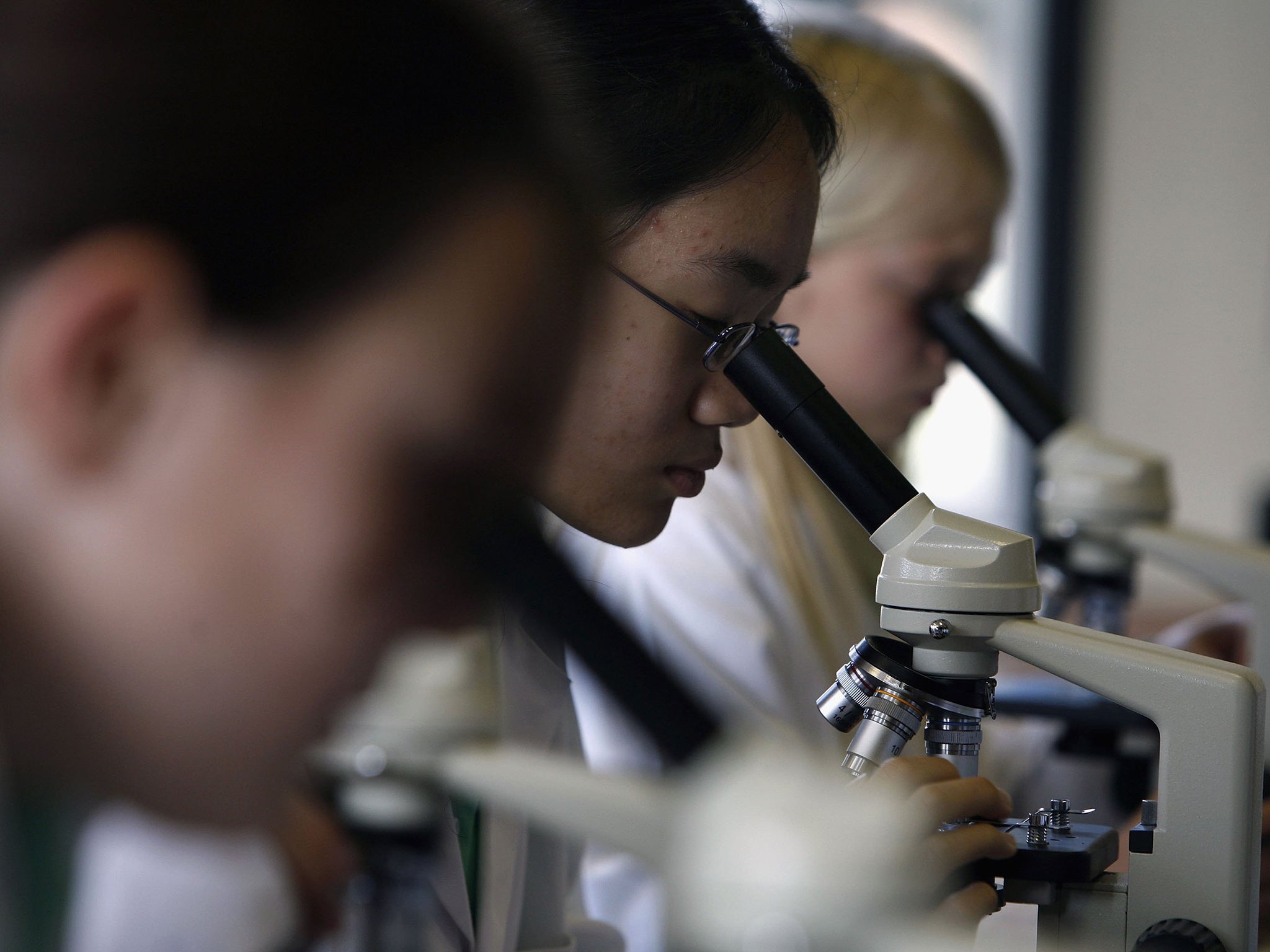STEM vs. STEAM: How the sciences and arts are coming together to drive innovation
Even Sesame Street is acknowledging how the both go hand-in-hand

Your support helps us to tell the story
From reproductive rights to climate change to Big Tech, The Independent is on the ground when the story is developing. Whether it's investigating the financials of Elon Musk's pro-Trump PAC or producing our latest documentary, 'The A Word', which shines a light on the American women fighting for reproductive rights, we know how important it is to parse out the facts from the messaging.
At such a critical moment in US history, we need reporters on the ground. Your donation allows us to keep sending journalists to speak to both sides of the story.
The Independent is trusted by Americans across the entire political spectrum. And unlike many other quality news outlets, we choose not to lock Americans out of our reporting and analysis with paywalls. We believe quality journalism should be available to everyone, paid for by those who can afford it.
Your support makes all the difference.There has been much talk and reportage of the importance of science, technology, engineering, and mathematics (STEM) subjects at further and higher education level - and beyond - recently.
Exam results season in the Autumn of last year had business leaders expressing their hope that the number of young students seeking an entrepreneurial career would continue to rise after a successful A-level results day, particularly within STEM subjects.
The Institute of Directors (IoD) - which represents company directors, senior business leaders, and entrepreneurs - said businesses would be pleased to see a rise in the number of entries in maths, which proved to be the most popular for a second year running.
With the number of STEM entries up almost one-fifth from 2010 to 2015, the IoD said students were recognising the need to build skills to compete within a modern economy.
However, one aspect which has been incorporated onto the field of STEM - which people may not be aware of - is the arts. That’s right, the arts.
Referred to as the STEAM movement, it is already being championed across the pond in the US, spearheaded by academics and students at the Rhode Island School of Design (RISD), who have planned out an entire curriculum on bringing all five STEAM subjects together, creating the StemtoSteam.org site in the process.
RISD’s dean of faculty, Tracie Costantino, one of the curriculum’s creators, described how the school’s new lesson plans focus on the importance of object-based learning in encouraging the research, close observation and critical analysis that both artists and scientists share in common.
She added in a statement: “The demand for STEAM resources has picked up in the past few years as teachers recognise the importance of incorporating creative thinking and visual learning into their classrooms.”
The greatest thing about the STEAM movement in America is that young people don’t have to wait until further down the line in education to be exposed to it. The iconic educational program, Sesame Street, recently announced its 43rd season will incorporate the arts into its existing STEM focus.
Dr Rosemarie Truglio, SVP of education and research at Sesame Workshop in New York, told the StemtoSteam.org site: “Incorporating the arts into our STEM curriculum was an exciting and natural addition, as Sesame Street has always used music, visual, and performing arts as tools to educate and entertain children.”
One academic, though, has recently argued that the concept of bringing the arts and science together is not a new one. In her article, Royal Holloway’s Professor Kate Normington, highlighted how Leonardo da Vinci brought the two together in Renaissance Italy.
She added: “It appears that, even within contemporary times, those at the forefront of innovation have been merging arts and science practice. Pomeroy notes that ‘Nobel laureates in the sciences are seventeen times likelier than the average scientist to be a painter, twelve times as likely to be a poet, and four times as likely to be a musician’,” making reference to the works of science news writer, Steven Ross Pomeroy, who shares the same views in a 2012 essay of his own.
Regardless of when the arts and STEM subjects came together, though, it looks like the collaboration is set to take both education and the world of work by storm - and sooner than you may think.
Join our commenting forum
Join thought-provoking conversations, follow other Independent readers and see their replies
Comments